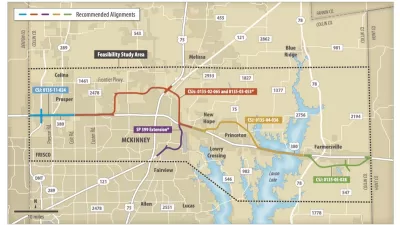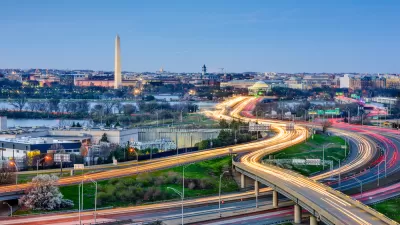Tempe planners are preparing a General Plan update scheduled for voter approval in March 2024.

Tempe, Arizona is expecting to grow in population by 38% by 2060—from 167,400 residents in 2022 to 269,700. Neighboring cities are expecting similar rates of growth of the time period, too, with Neighboring cities show projected increases as well, with Phoenix expecting a 28% increase Mesa increasing by 18%.
Those population estimates figure prominently in Tempe’s ongoing General Plan update process. Voters are expected to consider the Tempe Tomorrow: General Plan 2050 in March 2040.
A paywalled article by Caroline Yu for the Daily Independent documents some of the big issues at play for the General Plan process, including the aforementioned population growth, as well as transportation projects, economic resilience, and water conservation.
Here is a sample of Yu’s report on these issues:
- On transportation: “But City Traffic Engineer Cathy Hollow says it’s difficult to give an exact answer about how transportation will evolve over the next 30 years, especially as the city just begins to update its transportation plan to guide the city’s transportation projects.”
- On economic resilience: “Anticipating an increase in its workforce and general population, Tempe doesn’t expect to have issues with residents finding jobs. Still, its continued struggle with housing could prevent people from living and working in the city.”
- On water conservation: “Going forward, the city is investing millions into water resources and infrastructure along with making the most of its existing water portfolio. It’s also in the process of rehabilitating the Kyrene Water Reclamation Plant to increase the reuse of reclaimed water.”
FULL STORY: Tempe’s collaborative plan for a growing population

Planetizen Federal Action Tracker
A weekly monitor of how Trump’s orders and actions are impacting planners and planning in America.

Congressman Proposes Bill to Rename DC Metro “Trump Train”
The Make Autorail Great Again Act would withhold federal funding to the system until the Washington Metropolitan Area Transit Authority (WMATA), rebrands as the Washington Metropolitan Authority for Greater Access (WMAGA).

The Simple Legislative Tool Transforming Vacant Downtowns
In California, Michigan and Georgia, an easy win is bringing dollars — and delight — back to city centers.

The States Losing Rural Delivery Rooms at an Alarming Pace
In some states, as few as 9% of rural hospitals still deliver babies. As a result, rising pre-term births, no adequate pre-term care and harrowing close calls are a growing reality.

The Small South Asian Republic Going all in on EVs
Thanks to one simple policy change less than five years ago, 65% of new cars in this Himalayan country are now electric.

DC Backpedals on Bike Lane Protection, Swaps Barriers for Paint
Citing aesthetic concerns, the city is removing the concrete barriers and flexposts that once separated Arizona Avenue cyclists from motor vehicles.
Urban Design for Planners 1: Software Tools
This six-course series explores essential urban design concepts using open source software and equips planners with the tools they need to participate fully in the urban design process.
Planning for Universal Design
Learn the tools for implementing Universal Design in planning regulations.
Smith Gee Studio
City of Charlotte
City of Camden Redevelopment Agency
City of Astoria
Transportation Research & Education Center (TREC) at Portland State University
US High Speed Rail Association
City of Camden Redevelopment Agency
Municipality of Princeton (NJ)





























